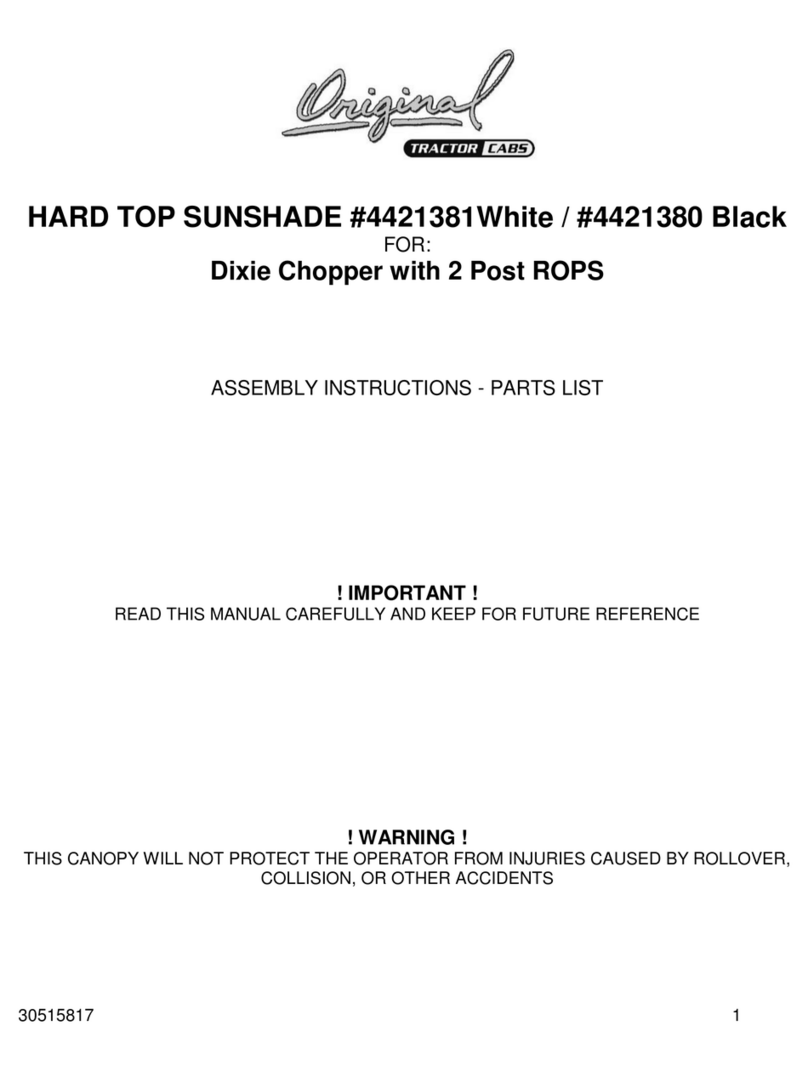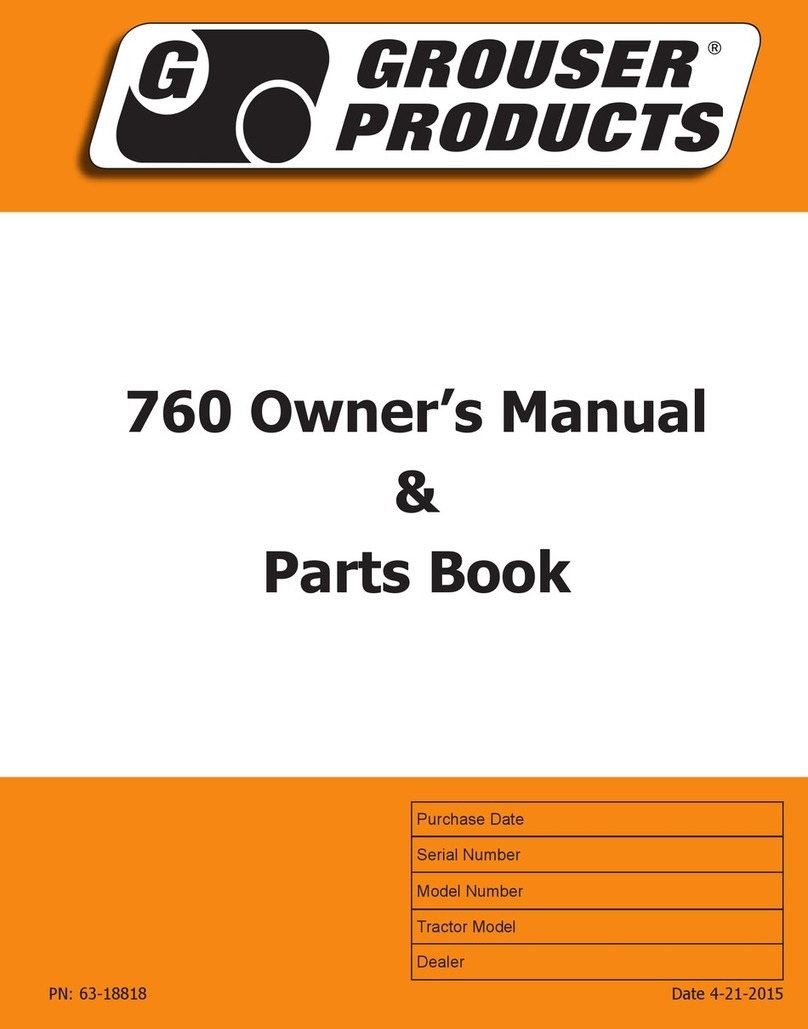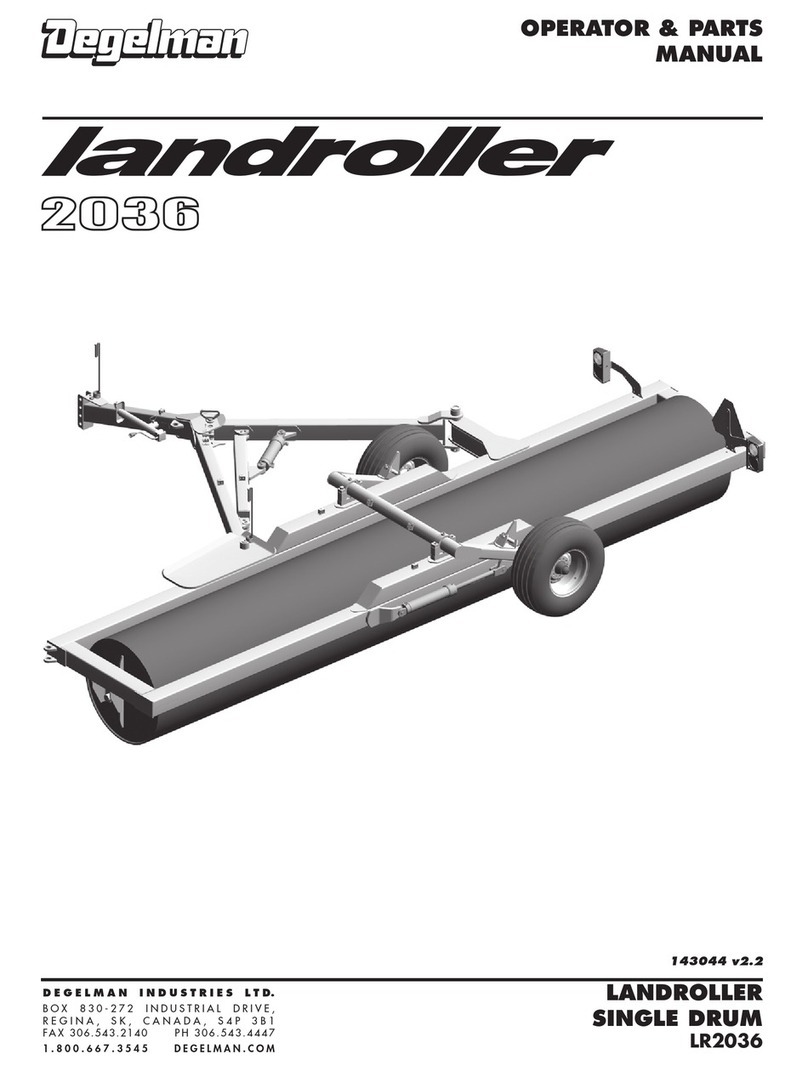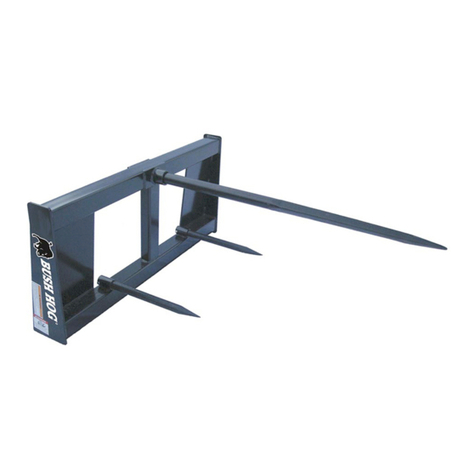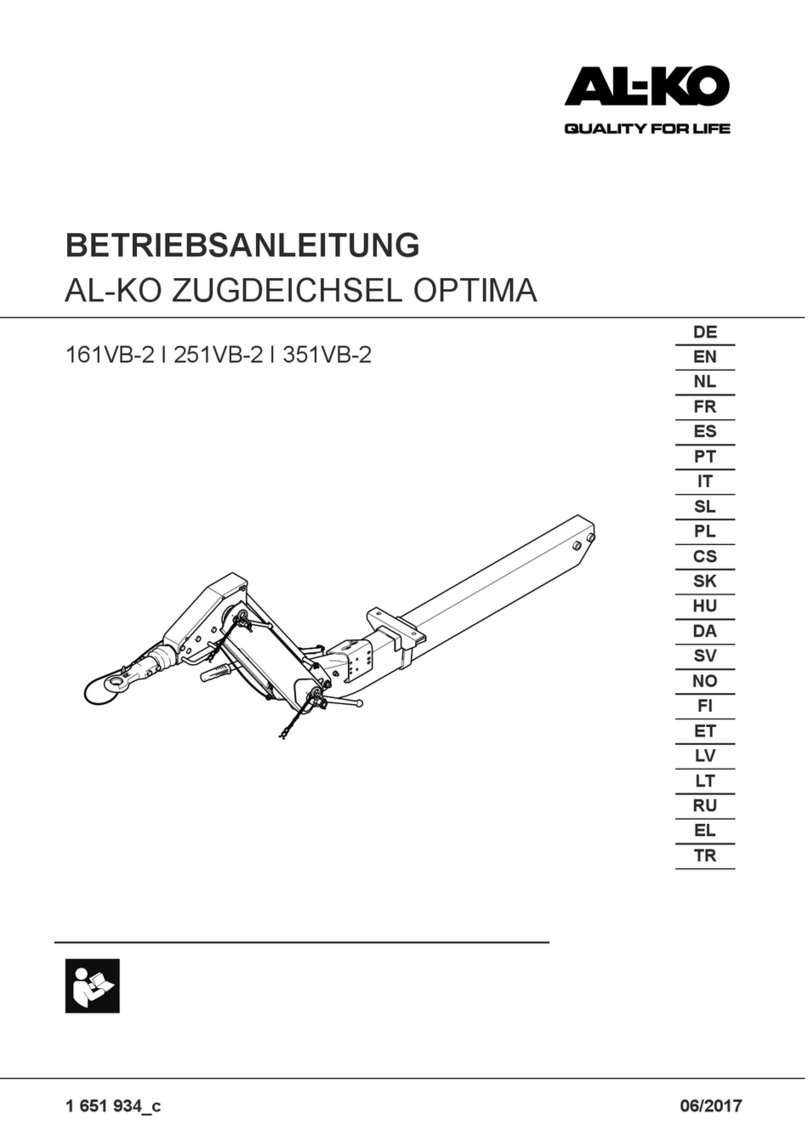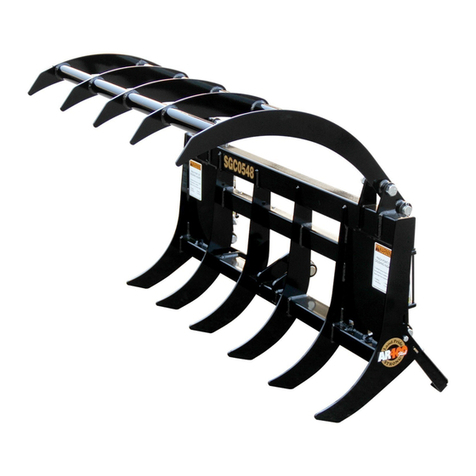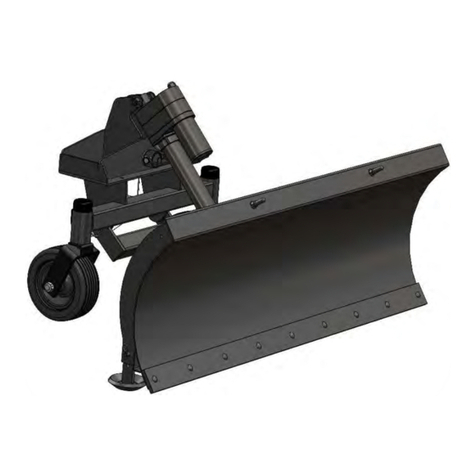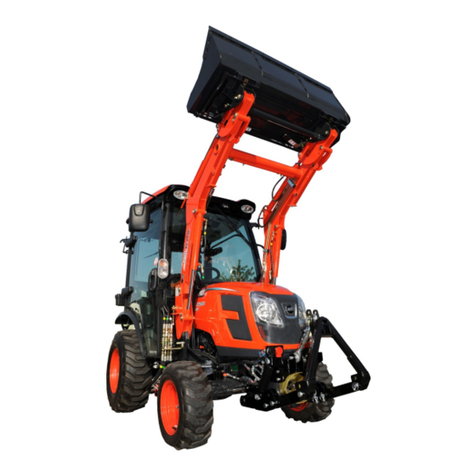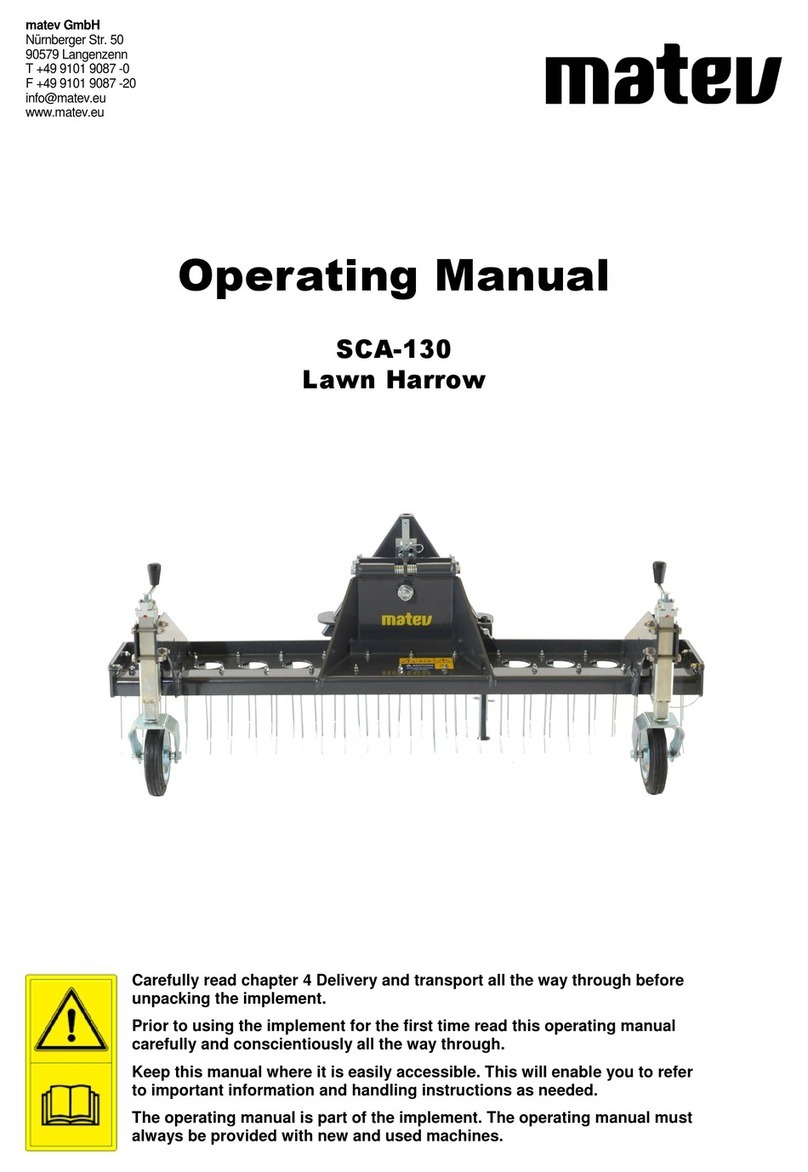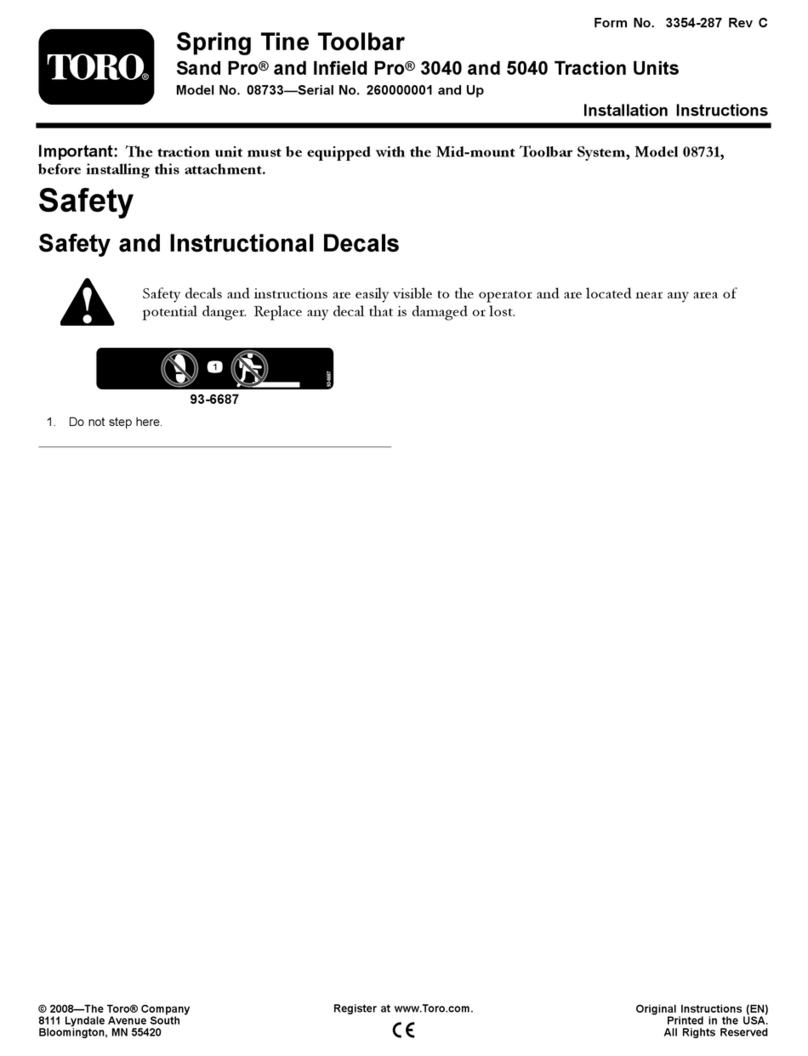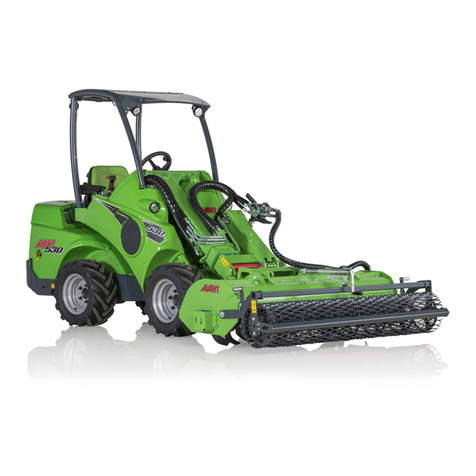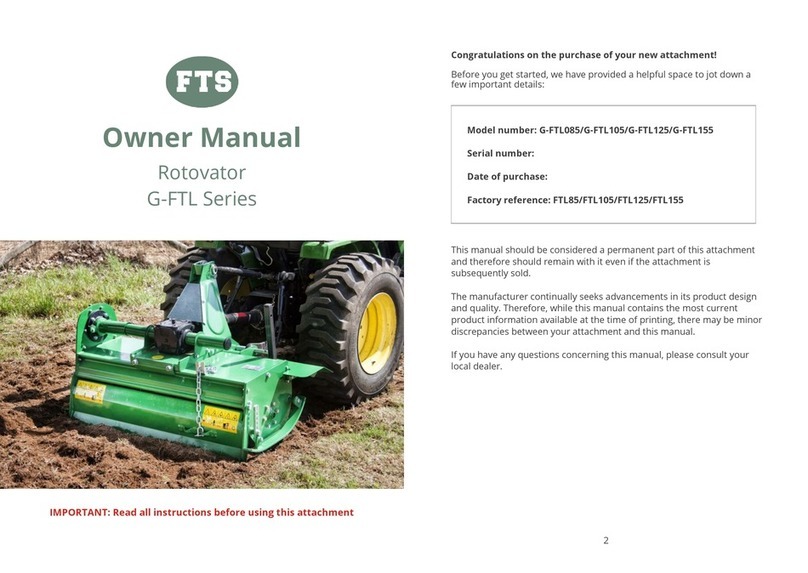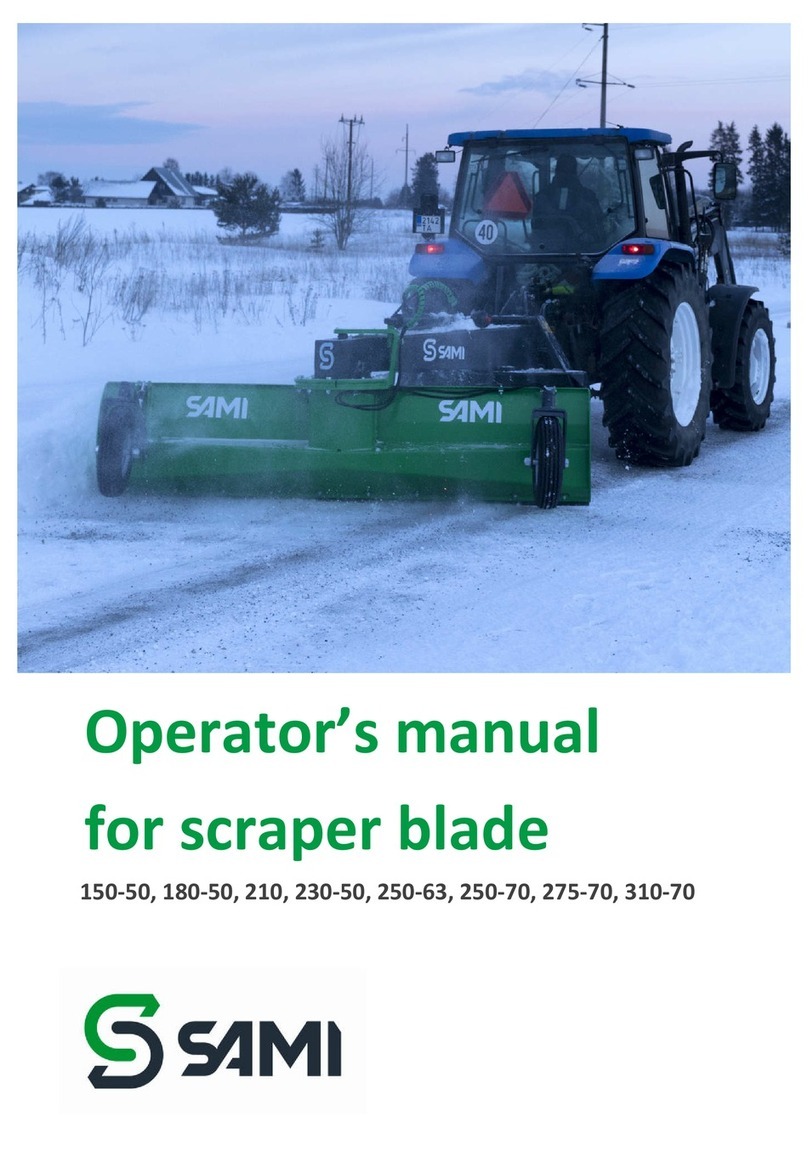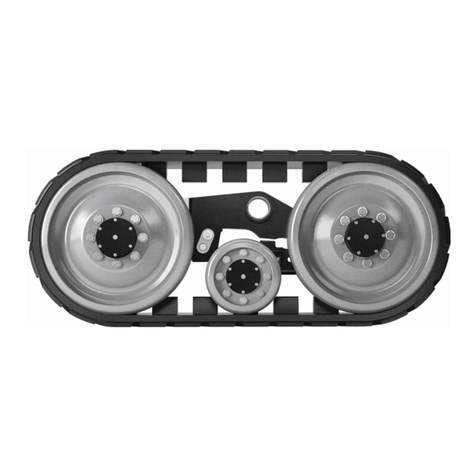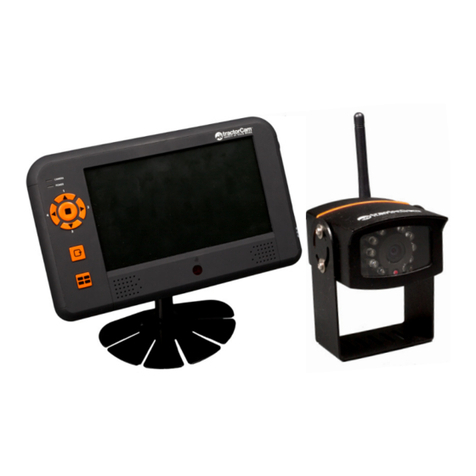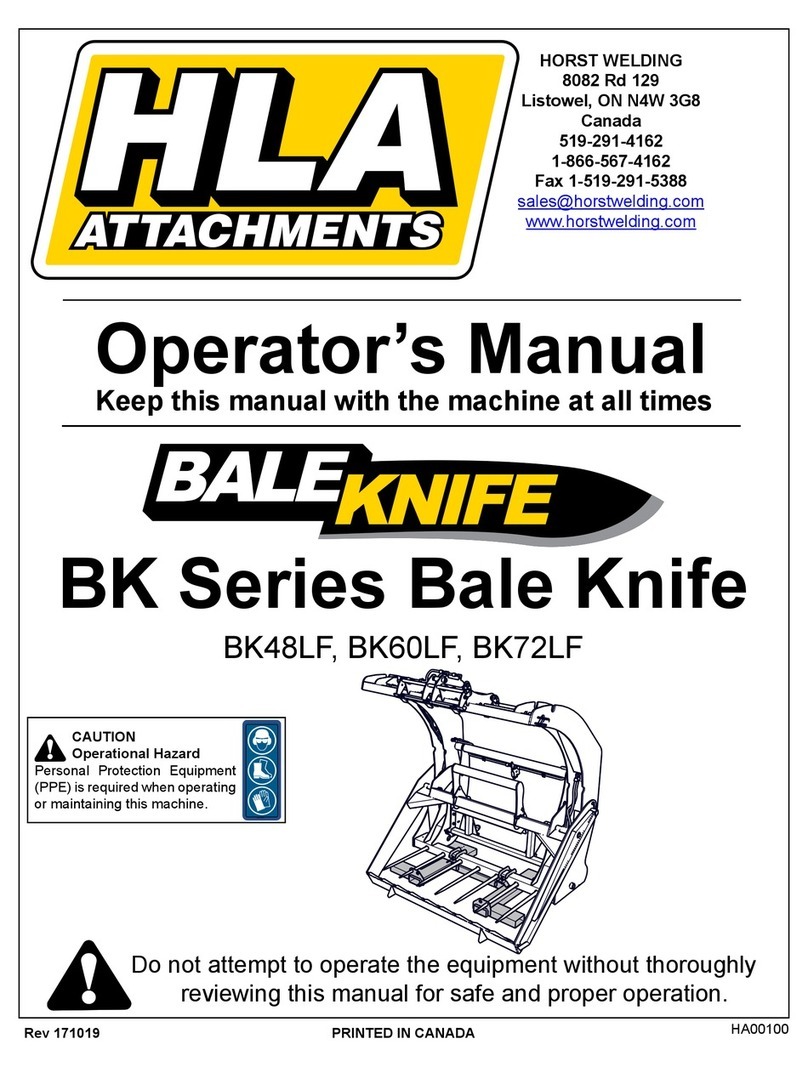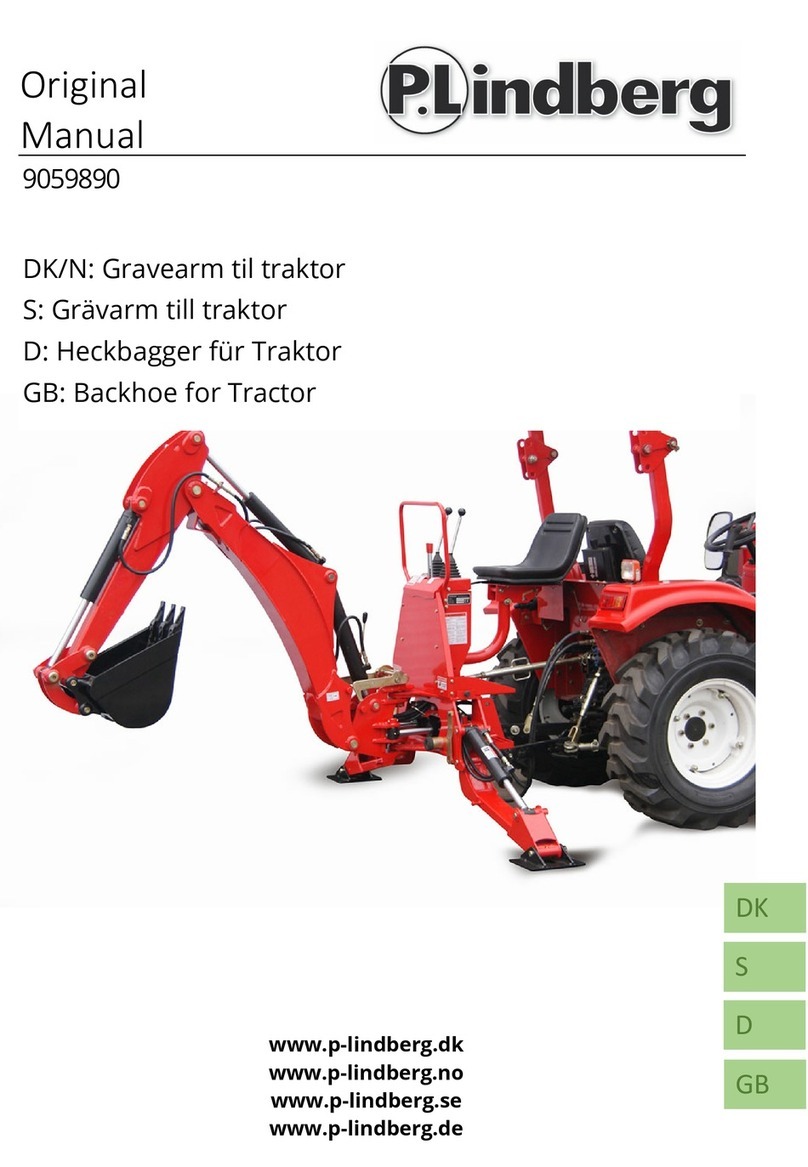
GB
36 493516_a
Start-up
structions. If you are uncertain about anything,
ask a specialist to confirm that the assembly has
been carried out correctly before the machine is
started up! Check whether all safety and protec-
tive devices are in place and functioning correct-
ly!
6.1 Checking the mower mechanism
Before use, always look and check whether the
cutter, fastening pin and the entire mowing unit
are worn or damaged. Worn or damaged blades
must be renewed by new ones in order to avoid
any imbalance.
6.2 Oil fill
The engine must be filled with oil before initial
start-up. Please comply with the instructions from
the engine manufacturer in this regard. Also
make sure the oil level is checked at regular in-
tervals and the oil is topped up if necessary.
6.3 Filling with fuel (09)
WARNING! Dangers when handling fuel!
Fuel is highly inflammable. Only fill the fuel tank
outdoors! Do not smoke! Do not refuel when the
engine is running or is hot!
Use a suitable funnel or a filler pipe when refuel-
ling so that no fuel is spilled on the engine, the
deck or the ground.
For safety reasons, the fuel tank cap and other
tank caps must be renewed if damaged.
Do not start the engine if the fuel has overflowed.
The tractor must be removed from the area con-
taminated by fuel, and the spilled fuel must be
absorbed and wiped away from the ground, the
engine and the deck using a cloth.
Do not make any attempt to start the machine un-
til fuel vapours have evaporated.
Only keep the fuel in containers intended for this
purpose.
Use lead-free petrol, min. RON 91.
Filling the tank
1. Switch off the engine if it is running and re-
move the ignition key as a precaution.
2. Wait until the engine has cooled down some-
what (risk of explosion if the fuel catches
fire!).
3. Press on the tank cap cover (09/1).
4. Swivel the tank cap cover (09/1) upwards.
The tank cap cover (09/1) is unlocked.
5. Open the tank cap (09/2) and pour in the fuel.
Note:Avoid overfilling the fuel tank!
6. Close the tank cap (09/2).
7. Close the tank cap cover (09/1) so it engag-
es.
6.4 Checking the tyre pressure
■Check the tyre pressure at regular intervals.
■Please refer to the specification on the tyre
for the necessary inflation pressure (recom-
mendation: 1 bar).
NOTE 1 PSI = 0.07 bar.
The tyre pressure can be checked and the tyre
inflated using a commercially available foot
pump.
6.5 Fitting the grass catcher (10 – 13)
Lawn tractors are supplied with a grass catcher.
Please note that the illustrations may differ some-
what from the original.
Adjusting the fill-level sensor of the grass
catcher
The fill-level sensor uses a horn to signal when
the grass catcher must be emptied.
The fill-level sensor can be set to 6 positions, de-
pending on the condition of the cut grass. With
dry grass, push the fill-level sensor to the smaller
positions. With wet or damp grass, set the fill-lev-
el sensor to the higher positions. This influences
the filling of the grass catcher.
1. Shut off the engine (see chapter 7.4 "Starting
and stopping the engine", page38).
2. Remove the grass catcher (see chapter 8.1
"Cleaning the grass catcher", page41).
3. Adjust the fill-level sensor (10/1) to suit the
grass to be cut (10/a) until it engages in the
desired position.
4. Hook in the grass catcher again.
Hooking in the grass catcher
1. Hold the grass catcher with one hand on the
catcher handle (11/1) and the other hand on
the holding opening at the back (11/2).
2. Place the grass catcher symmetrically onto
the guide (11/3).
3. Use your other hand to tip the grass catcher
slightly forward (12) so the front part of the
grass catcher engages.
4. Now swivel the grass catcher back down (13/
a).
5. Check the grass catcher is correctly seated.

